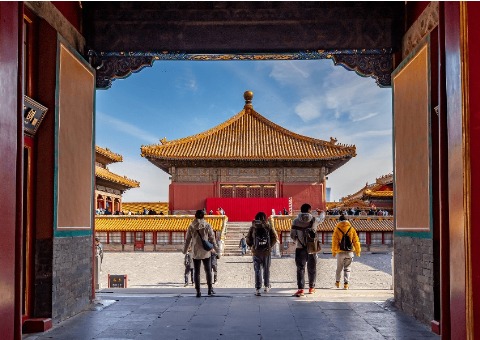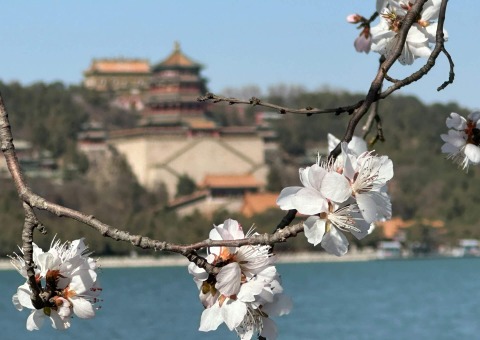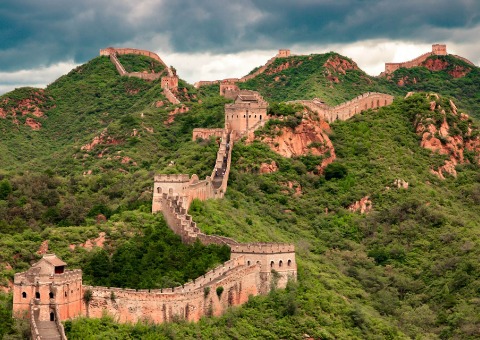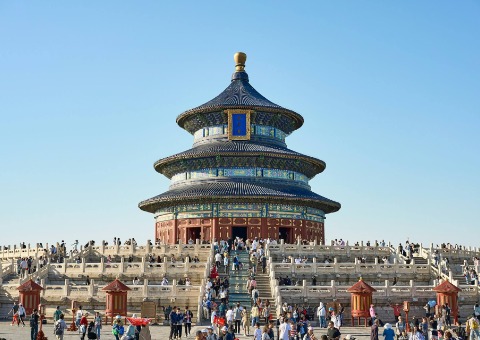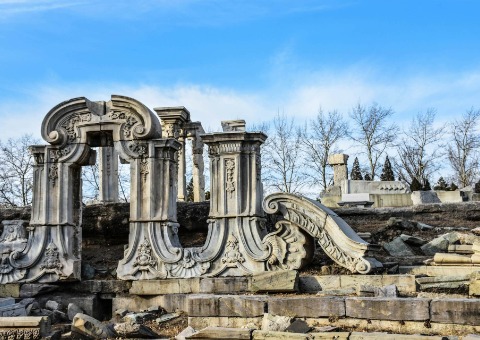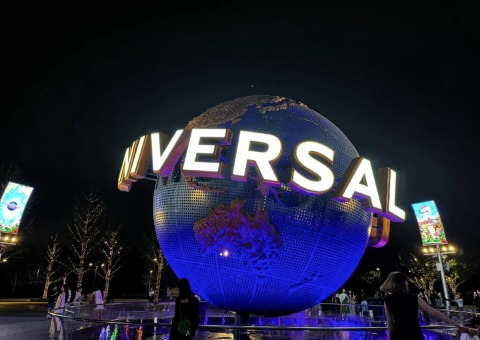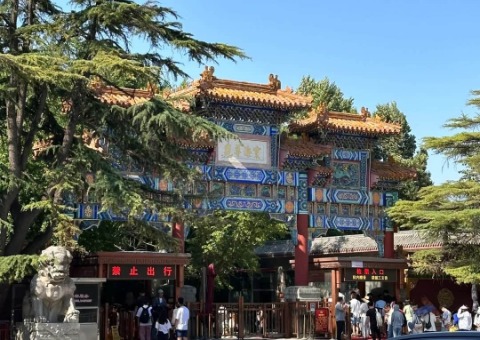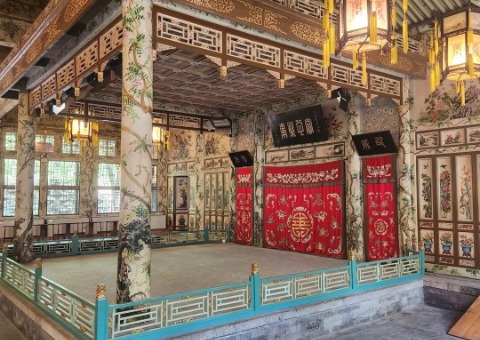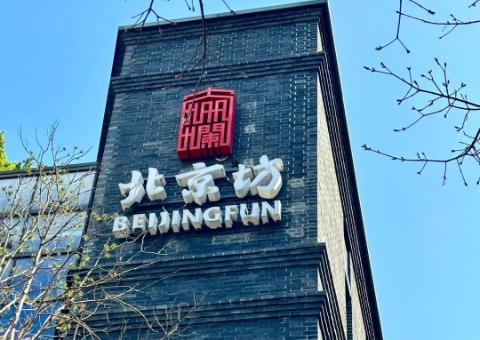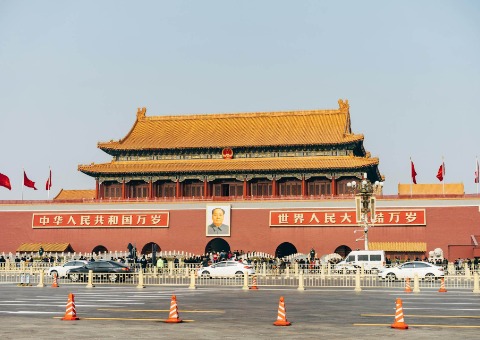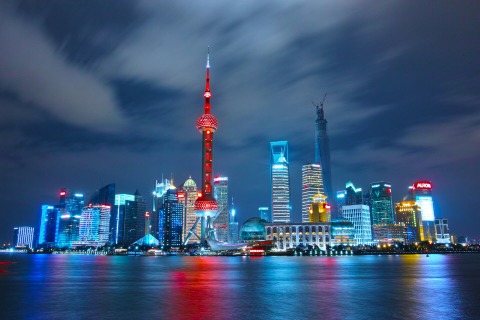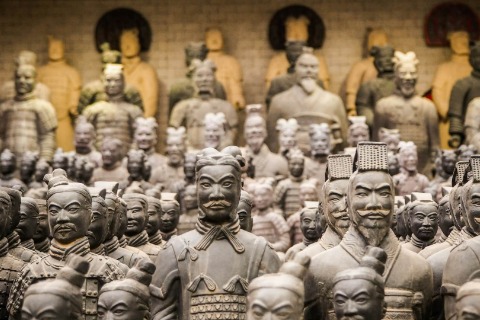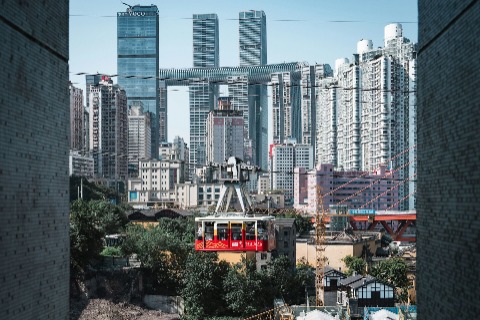Lama Temple
The top Buddhist temple in China during themid to late Qing Dynasty
The Lama Temple(雍和宫), also known as Yonghe Temple, is the highest-ranking Buddhist temple in China. It was originally built in 1694 during the Qing Dynasty’s Kangxi era as a Buddhist sanctuary. Later, it served as the residence of Emperor Yongzheng and even housed his coffin.
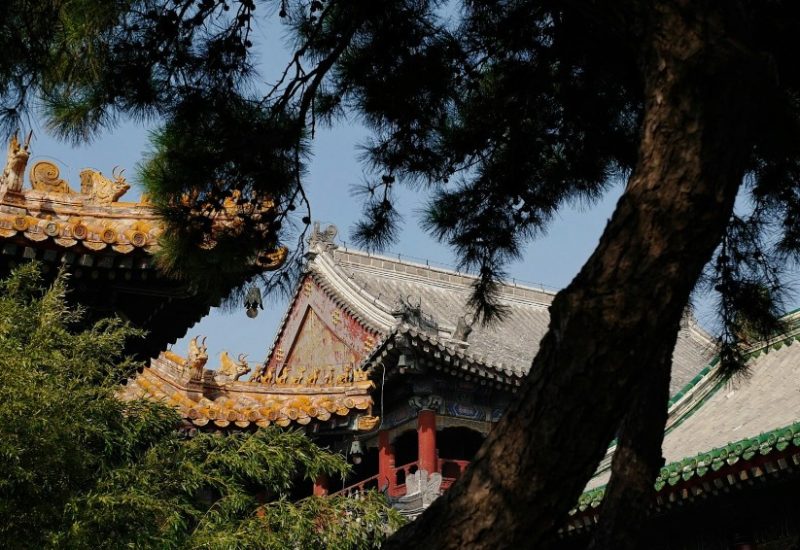
Key highlights of a visit to the Lama Temple(Yonghe Temple) include:
Hall of Great Harmony (Daxiong Baodian): This is one of the most important buildings in the temple, housing a statue of Sakyamuni Buddha.
Three Great Halls: These are the Hall of Thousand Buddhas, the Hall of Spiritual Light, and the Hall of Guanyin. They enshrine deities such as the Thousand Buddhas, Guan Gong (the God of War), the Prince, and the Bodhisattva Guanyin.
Pagodas: The temple features two notable pagodas—the Five Hundred Arhats Pagoda and the Wooden Pagoda. The Five Hundred Arhats Pagoda, the tallest structure in the temple at 35 meters (115 feet), houses 500 statues of arhats. The Wooden Pagoda, one of the oldest structures in the temple, was built during the Ming Dynasty.
Buddhist Academy: This area is used for training Buddhist monks and hosting Buddhist ceremonies.
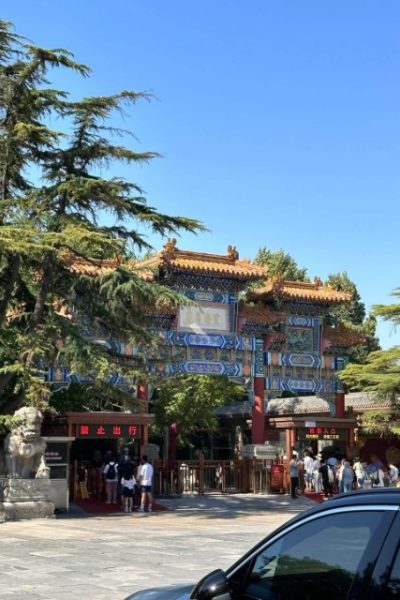
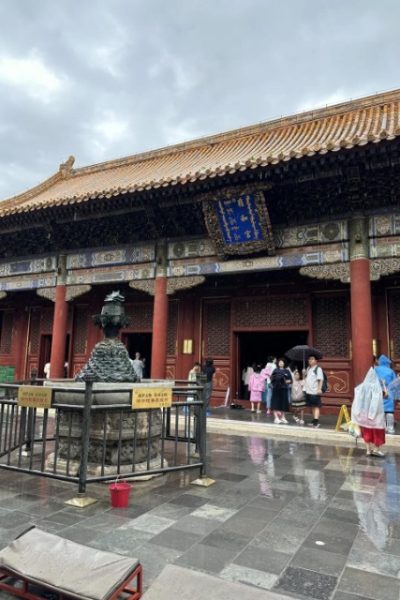
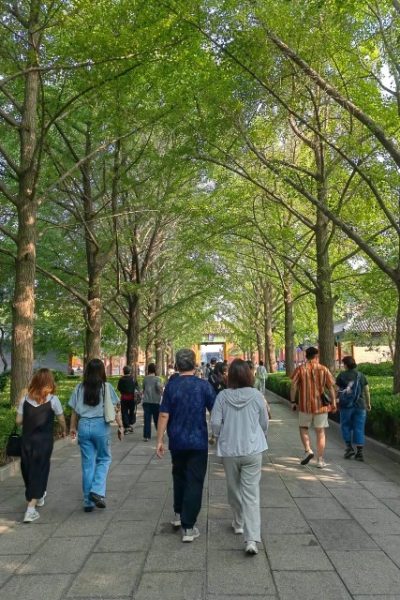
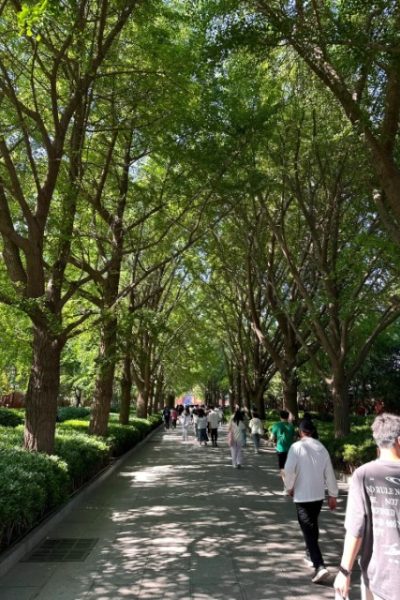
As soon as I entered, I was attracted by the shining roof. The red glazed tiles reflected the sunlight and illuminated the whole courtyard. There were many trees in the courtyard with red lanterns hanging from them. When the wind blew, the lanterns swayed lightly, as if waving to me. We went to see the Pavilion of Tibetan Scriptures, which housed many precious Buddhist scriptures. The lecturing volunteers said that most of these scriptures were written in Tibetan and recorded Buddhist teachings and stories. I don't know Tibetan, but I could feel the thickness and mystery of those scriptures. The Lama Temple is really a magical place, which makes me feel a kind of serene and peaceful power.
Tourist Diary 1
Table of Contents
How to Get to the Lama Temple
By Bus
- Take bus routes 13, 116, 117, or Night Route 6, and get off at Yonghe Temple Station(雍和宫站). From there, it’s a short walk to your destination.
By Subway
- You can take Beijing Subway Line 2 or Line 5 to Yonghe Temple Station(雍和宫站). Exit from Exit F to reach the entrance of Yonghe Temple directly.
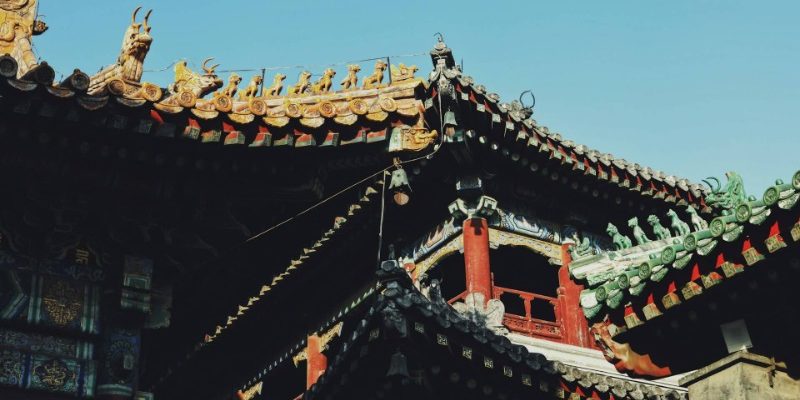
Attraction Information
Hours
- April – October: 09:00 – 17:00
- November – March: 09:00 – 16:30
Admission
- The ticket price remains the same regardless of the season, set at 25 yuan (approximately $3.50).
Prohibited Items
- As a temple, Yonghe Temple(Lama Temple) requires visitors to dress appropriately, avoiding revealing or overly casual clothing.
- Yonghe Temple holds religious significance, so visitors should respect Buddhist beliefs, keeping noise to a minimum and not touching or damaging statues and offerings.
- To maintain the cleanliness and safety of the temple, visitors are not allowed to bring food or drinks into Yonghe Temple.
- The statues inside Yonghe Temple are revered religious items, and photography or videography is prohibited.
General Amenities
- Visitor Service Center
- Free restrooms
- Wheelchair and Cane Rental Service
- Umbrella Rental Service
- Medical Emergency Assistance Service
luggage Storage
- The luggage storage point is located about 30 meters from Exit F of Yonghe Temple Station, with operating hours from 08:30 to 18:30.
- Another luggage storage point is about 30 meters from the main entrance of The Lama Temple, operating from 08:00 to 18:00.
- The fee for backpack storage is 10 yuan (approximately $1.40) per day, and for suitcase storage, it is 20 yuan (approximately $2.80) per day.
As soon as I stepped into the Yongheguan, I was struck by the exuberant incense. The air was filled with the smell of sandalwood incense, which instantly made people feel a sense of tranquility and solemnity. There are many visitors here, and many tourists come to pray for blessings with a pious heart. I have heard that Lama Temple is very spiritual and many people have had their wishes answered after making them here.
Although it was crowded, it added a lively atmosphere. People lined up in an orderly fashion to worship the Buddha and visit the site. In the crowd, you could feel people's desire for a better life and their dedication to their faith.Tourist Diary 2
Nearby McDonald's/KFC
- McDonald’s (Jiaodiao Kou Restaurant) 麦当劳(交道口餐厅)
No. 113, Jiaodiao Kou East Street, Andingmen Street (next to Tiankelong Supermarket) - KFC (Yonghe Temple Location) 肯德基(雍和宫店)
1st Floor, Commercial Area A, Southwest Corner - If you’re unsure about how to order at a nearby Chinese restaurant or if you’re not used to the local Chinese cuisine, you can temporarily solve your dining needs by heading to the nearby McDonald’s or KFC.
Nearby Police Station
- Anwai Street Police Station安外大街派出所
West Gate of Ditan Park, Anwai Street, Dongcheng District, Beijing - In China, the number to call the police is 110. If you have an emergency and need help, you can dial 110 at any time. Local police will usually arrive within minutes and will provide assistance with great care and responsibility.
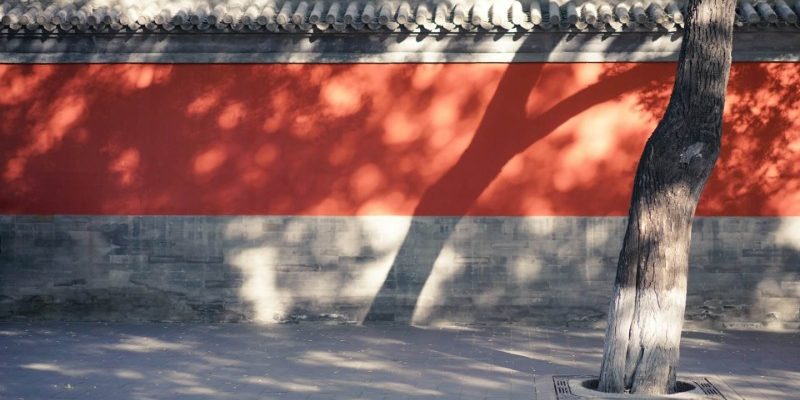
Practical Travel Tips
- Please dress cleanly and neatly, avoiding revealing clothing, large shorts, bright colors, flip-flops, and sunglasses.
How Visitors Rate the Lama Temple
Local tourists from China
The entire temple complex was originally divided into three main routes: east, central, and west. The west route housed the temple of Guandi, the protector deity, but it was demolished in 1949 when Yonghe Temple Street was expanded. The southern part of the east route, known as "Lianfang," served as the living quarters for the monks, while the northern section, called "Dong Shuyuan," features a simple and elegant garden-style architecture.
The central area is the main part of the temple, impressive and palace-like, showcasing a blend of Manchu, Han, Mongolian, and Tibetan artistic styles. This section is where the resident monks and visitors come to worship and study. It also served as the residence of Emperor Yongzheng during his time as a prince.
There are also a variety of souvenirs for sale at reasonable prices, and the overall quality is good. Visitors keep flowing in, and there are many persimmon trees within the garden. The 18-meter-tall Buddha statue at the end is truly impressive. If you purchase souvenirs, you can have them blessed, but be prepared for a bit of a wait in line.

